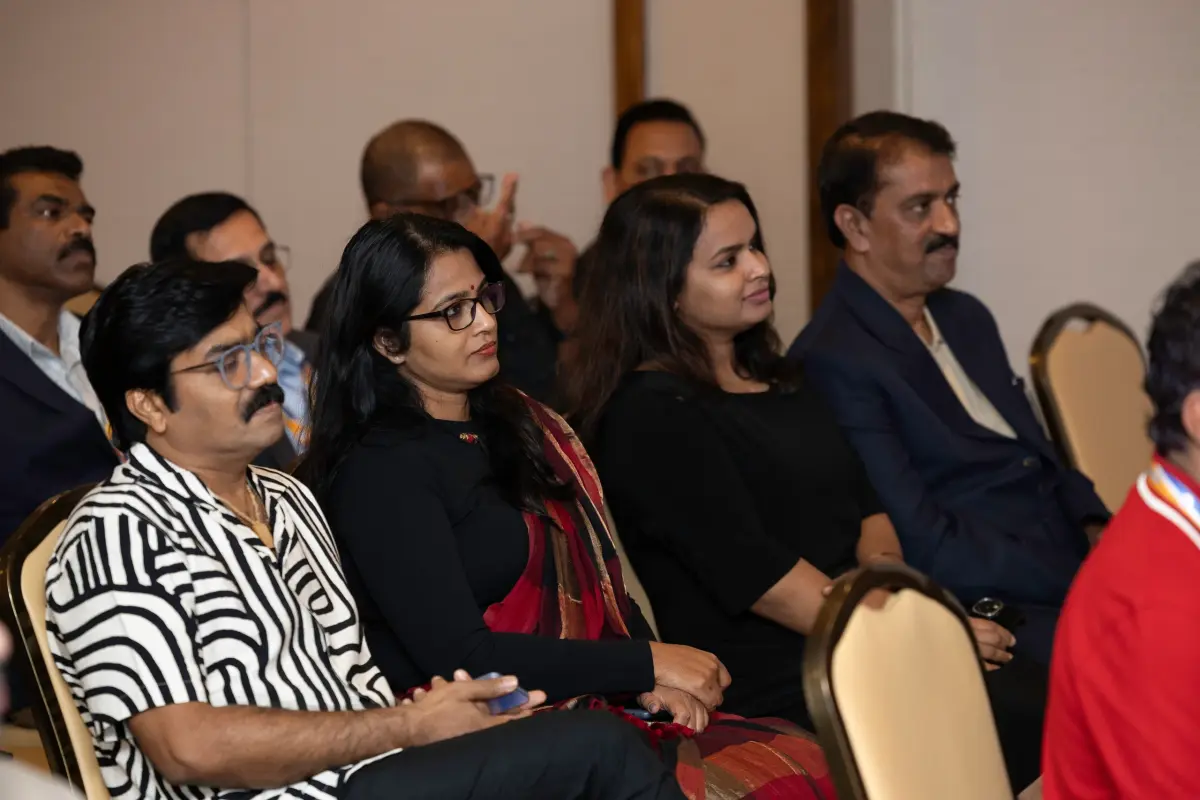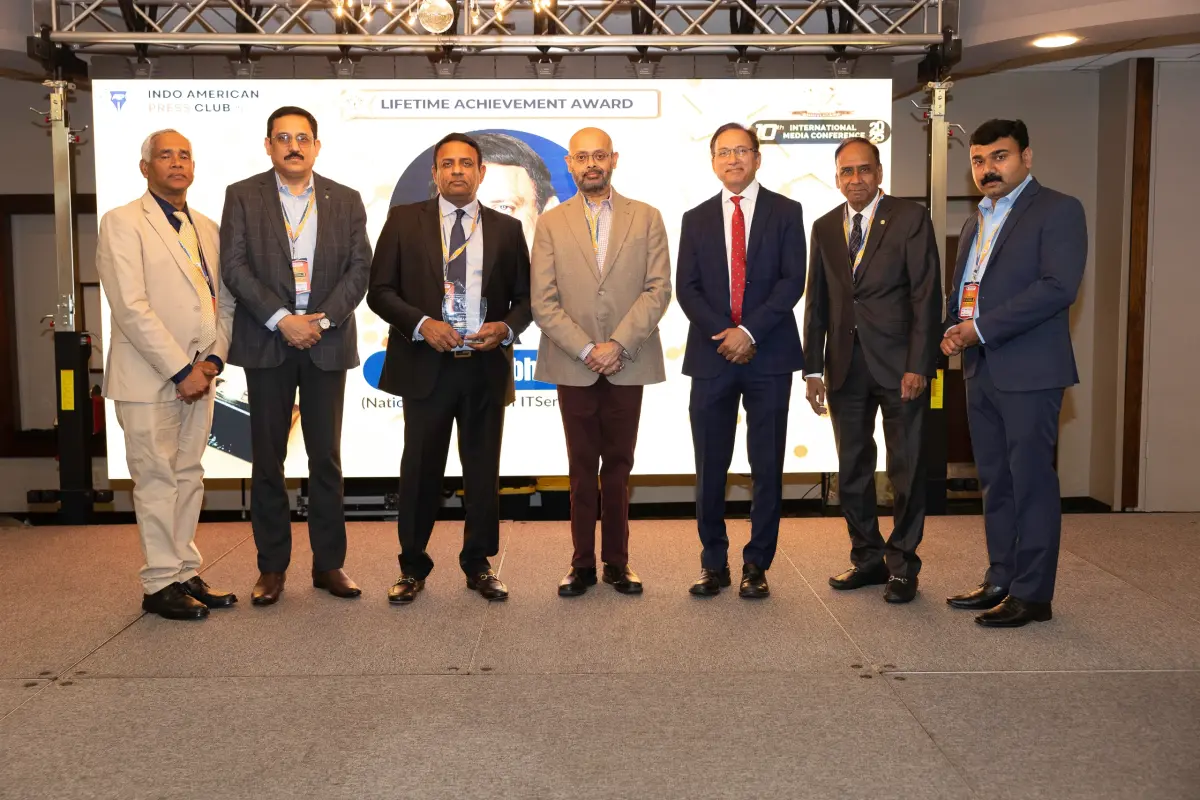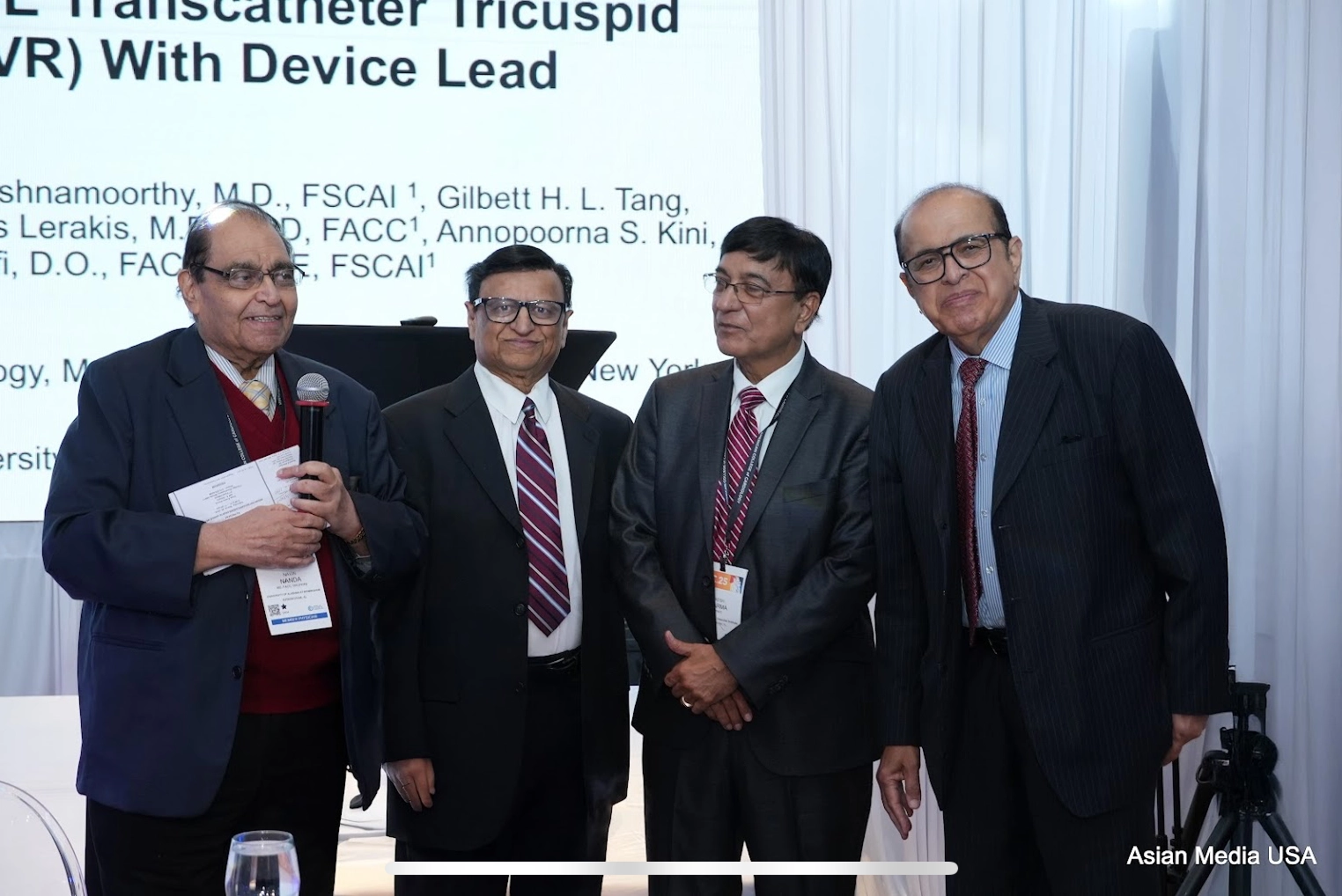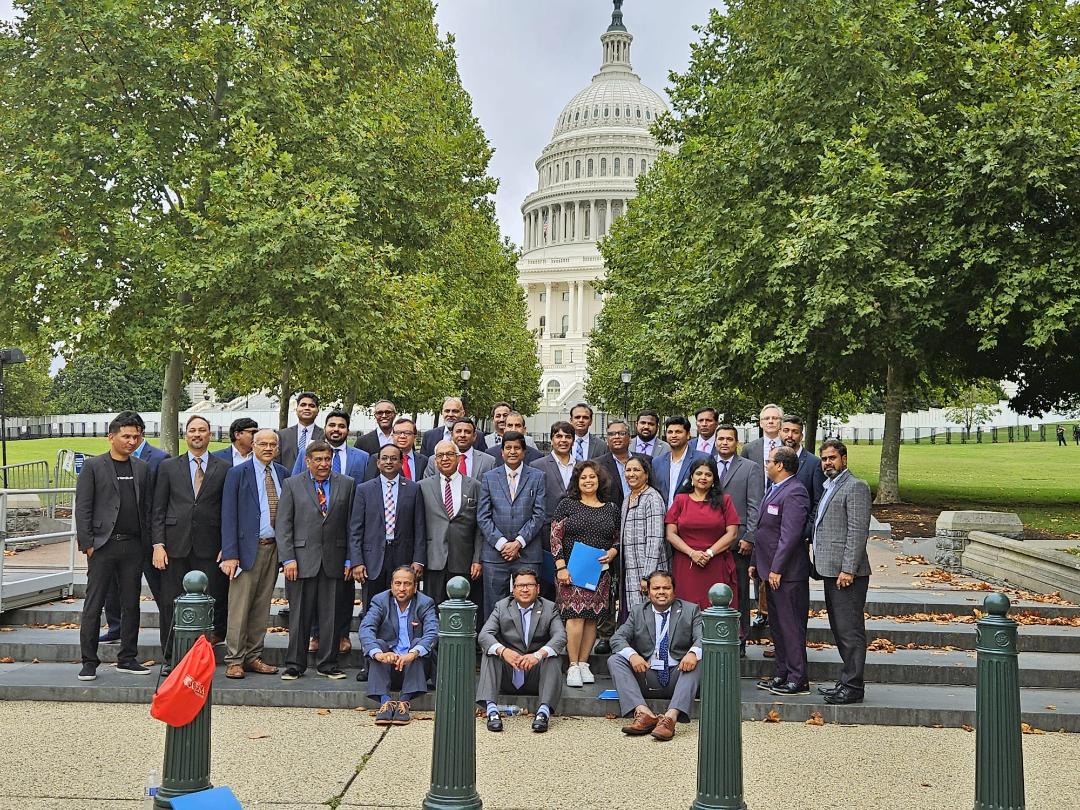In his first Sunday noon blessing as the newly elected pope, Leo XIV called for a sincere and equitable resolution to the war in Ukraine and demanded an immediate ceasefire in Gaza. His address also included symbolic acts pointing to a message of unity in a deeply divided Catholic Church.
“I, too, address the world’s great powers by repeating the ever-present call ‘never again war,’” Leo declared to an estimated 100,000 people gathered in St. Peter’s Square. The appearance marked his return to the central loggia of St. Peter’s Basilica, where he had first introduced himself to the world on Thursday evening following his historic election as the first pope from the United States. Like then, his focus remained centered on peace.
Continuing a long-standing papal tradition, Leo delivered the Sunday blessing at noon. However, he introduced a notable change. Rather than speaking from the window of the Apostolic Palace, which faces one side of the piazza, he stood at the heart of the basilica, symbolically placing himself at the center of both the Church and the faithful.
Part of this was due to necessity, as Leo did not gain access to the papal apartments until later that day. The apartments had been sealed since the death of Pope Francis and were only reopened on Sunday.
Another unique touch came when Leo chose to sing the Regina Caeli prayer, a Latin hymn traditionally said during the Easter season. Previous popes had typically recited it, but Leo’s decision to sing it evoked memories of the traditional Latin Mass, a liturgical style often appreciated by conservative Catholics.
Those who felt alienated by Pope Francis’ modern reforms and relaxed approach to liturgy have been watching Leo for signs of a return to tradition. Some were encouraged on Thursday evening when he wore the formal red papal cape that Francis had declined during his papacy. Leo furthered that impression during a Saturday visit to a Marian shrine south of Rome, where he donned a richly embroidered papal stole, knelt at the altar in reverence, and appeared with priests wearing long cassocks typically favored by traditionalists.
Aldo Maria Valli, a conservative Italian journalist and blogger, expressed appreciation for these gestures. Urging fellow traditionalists to remain hopeful, he wrote, “Don’t shoot Leo,” emphasizing that he liked much of what he had observed so far.
On Sunday, however, Leo appeared in the simple white cassock of the papacy and switched back to a modest silver pectoral cross. On Thursday, he had worn a more elaborate cross that contained relics of St. Augustine and St. Monica, gifted to him by his Augustinian religious order.
In addressing global crises, Leo quoted his predecessor Pope Francis, who once described the current state of the world as a “third world war in pieces.” Referring to the ongoing war in Ukraine, Leo stated, “I carry in my heart the sufferings of the beloved Ukrainian people. Let everything possible be done to achieve genuine, just and lasting peace as soon as possible.”
Before becoming pope, Leo—then Bishop Robert Prevost in Chiclayo, Peru—had criticized Russia’s 2022 invasion of Ukraine in strong terms. In a clip from a Peruvian television interview recently recirculating in Italian media, Prevost referred to the war as “an imperialist invasion in which Russia wants to conquer territory for reasons of power given Ukraine’s strategic location.”
On Sunday, Leo also addressed the violence in Gaza, urging a ceasefire and calling for urgent aid to civilians. “Humanitarian relief must be provided to the exhausted civilian population and all hostages be freed,” he said.
In a lighter moment, Leo acknowledged that Sunday marked Mother’s Day in many countries, extending heartfelt wishes to all mothers, “including those in heaven.” The crowd responded with cheers and music as the bells of St. Peter’s rang out across the square, where marching bands had gathered for a special Jubilee celebration.
Among the thousands present was Angela Gentile from Bari, who had arrived three hours early to secure a good spot. Though initially disappointed that another non-Italian pope had been elected, she was moved by Leo’s appearance at the central balcony. “What’s good for the Holy Spirit works for me,” she said. “I have trust.”
More than 50 pilgrims from Houston, Texas, were also in attendance, proudly waving three large American flags. They were already in Rome for a previously arranged Holy Year pilgrimage and were thrilled to witness such a historic moment. “Words cannot express my admiration and gratitude to God,” said the Rev. Dominic Nguyen, who led the Vietnamese American group. He expressed hope that Pope Leo would appreciate not only the sight of the Stars and Stripes but also flags from Peru and other countries, symbolizing the global nature of the Church.
Later that day, Pope Leo held a private Mass near the tomb of St. Peter and prayed in the grottoes beneath the basilica, pausing at the tombs of several past popes. His stops included figures from across the ideological spectrum: Pope Paul VI, associated with the reforms of the Second Vatican Council, as well as more conservative popes like Pius XII and Benedict XVI.
The Mass was a private, intimate affair attended by the head of Leo’s Augustinian order and his brother, John, who sat in the pews. During his homily, Leo pointed out that the Church was celebrating the World Day of Prayer for Vocations. He highlighted the issue of declining religious vocations—a concern raised by cardinals during pre-conclave discussions—and offered encouragement to clergy to lead by example.
“Living the joy of the Gospel, not discouraging others, but rather looking for ways to encourage young people to hear the voice of the Lord and to follow it and to serve in the church,” he said.
Pope Leo also took part in the ceremonial unsealing of the papal apartments, which had been closed following the death of Pope Francis on April 21. It remains uncertain whether Leo will move into the traditional papal quarters or continue Pope Francis’ practice of residing elsewhere. Francis had chosen to live in the Domus Santa Marta, a Vatican hotel, instead of the Apostolic Palace and gradually took over its second floor for his work and living arrangements.
Until now, Leo has been sleeping in his former Vatican apartment, located in a nearby palazzo. His agenda for the coming week is full, with several audiences scheduled ahead of his official installation Mass next Sunday.
At 69, Leo becomes the 267th pope and the first American to hold the position, stepping into the role with a clear call for peace and a tone that blends tradition with global inclusivity.

 Participants at the Conference were part of insightful panel discussions, keynote speeches, and interactive sessions led by media experts, offering valuable perspectives on the evolving world of journalism. With digital transformation and press freedom remaining critical global issues, the conference facilitated discussions on key challenges and potential solutions shaping the future of journalism.
Participants at the Conference were part of insightful panel discussions, keynote speeches, and interactive sessions led by media experts, offering valuable perspectives on the evolving world of journalism. With digital transformation and press freedom remaining critical global issues, the conference facilitated discussions on key challenges and potential solutions shaping the future of journalism. Dr. Vemuri S. Murthy is the co-investigator of a ground-breaking Cardiac Arrest Registry in India, “Warangal Area Cardiac Arrest Registry”. Dr. Murthy, a past President of the Chicago Medical Society and Indian American Medical Association (Illinois), has received several prestigious national and international awards and a Medal of US Congress as “Global Champion of Resuscitation” for his professional and community service contributions in the USA and India.
Dr. Vemuri S. Murthy is the co-investigator of a ground-breaking Cardiac Arrest Registry in India, “Warangal Area Cardiac Arrest Registry”. Dr. Murthy, a past President of the Chicago Medical Society and Indian American Medical Association (Illinois), has received several prestigious national and international awards and a Medal of US Congress as “Global Champion of Resuscitation” for his professional and community service contributions in the USA and India. The IAPC Souvenir Video edition was released after a video introduction by Dr. Mathew Joys, Chair of the Souvenir Committee and a short visual highlight of the souvenir on the screen, giving a glimpse of the beautifully curated content and memories it holds. In addition, the book “The Citizen Journalist,” written by Dr. Matthew Joys and providing guidelines for new media workers, was released by former Chairman Dr. Babu Stephen in the presence of eminent journalist Romi Mathew. The book is a compelling exploration of truth-telling in the modern world, blending insights from his rich experience in media, ethics, and civic engagement. Dr. Joys was then honored in absentia as one of the most prolific voices in the Indian American media community.
The IAPC Souvenir Video edition was released after a video introduction by Dr. Mathew Joys, Chair of the Souvenir Committee and a short visual highlight of the souvenir on the screen, giving a glimpse of the beautifully curated content and memories it holds. In addition, the book “The Citizen Journalist,” written by Dr. Matthew Joys and providing guidelines for new media workers, was released by former Chairman Dr. Babu Stephen in the presence of eminent journalist Romi Mathew. The book is a compelling exploration of truth-telling in the modern world, blending insights from his rich experience in media, ethics, and civic engagement. Dr. Joys was then honored in absentia as one of the most prolific voices in the Indian American media community.



 Anju Vallabhaneni, President of ITServe, while emphasizing the importance of Capitol Hill Day, said, “ITServe Alliance’s Capitol Hill Day will serve as a powerful platform in educating policymakers on the issues that are important to our members and the business community, ensuring our needs and views are reflected in policy debates and outcomes.”
Anju Vallabhaneni, President of ITServe, while emphasizing the importance of Capitol Hill Day, said, “ITServe Alliance’s Capitol Hill Day will serve as a powerful platform in educating policymakers on the issues that are important to our members and the business community, ensuring our needs and views are reflected in policy debates and outcomes.”




